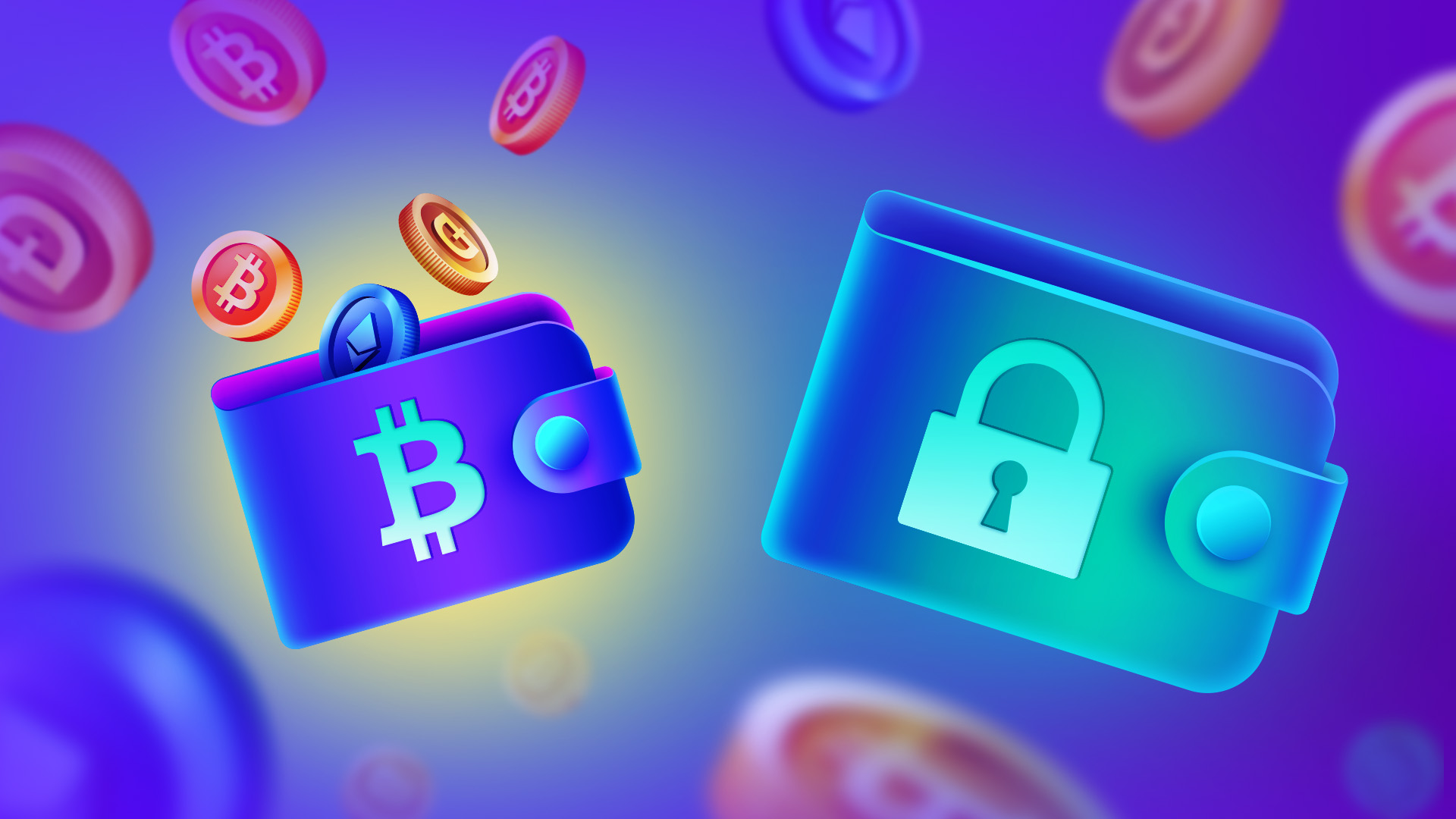A blockchain transaction is broadcast to nodes, which are then validated through a consensus process before an immutable record is recorded in a block.
The record shows the final value of the transfer between two addresses on a blockchain network. It also includes the sender’s and recipient’s addresses and the asset type. Furthermore, there is a network fee recorded and paid to miners or validators.
Here’s the step-by-step blockchain transaction process:
- Broadcast: You initiate the transaction in your wallet by sending crypto or a digital asset to another wallet.
- Verification: Network nodes (miners or validators) verify that your blockchain address is associated with sufficient funds and that the signature is valid, following network rules.
- Block Inclusion: Verified transactions are grouped into a block. This block is then added to the blockchain by a miner (Proof of Work) or validator (Proof of Stake).
- Confirmations: Once in a block, other blocks build on top of it. Each new block is an extra ‘confirmation’ that makes the transaction harder to reverse.
- Final Settlement: After enough confirmations, the transfer is considered complete by way of a final confirmation.
The speed and cost of transactions vary depending on the blockchain ecosystem.
- Bitcoin can take 10 minutes per block for a single confirmation and often requires multiple confirmations for the transaction to complete.
- Ethereum is popular because it processes transactions in around 12 seconds, but gas fees can be pricey.
- Solana takes under a second, and fees are barely noticeable.
You can watch your crypto move across the blockchain network using sites that track blockchain transactions. Take a look at Tronscan, Etherscan or Blockchain to track deposits and withdrawals as well as confirmations in real time. These sites also keep a permanent record of all transactions.
What is the Blockchain? is a great guide to help you educate yourself further on how digital assets work on blockchain ecosystems.







